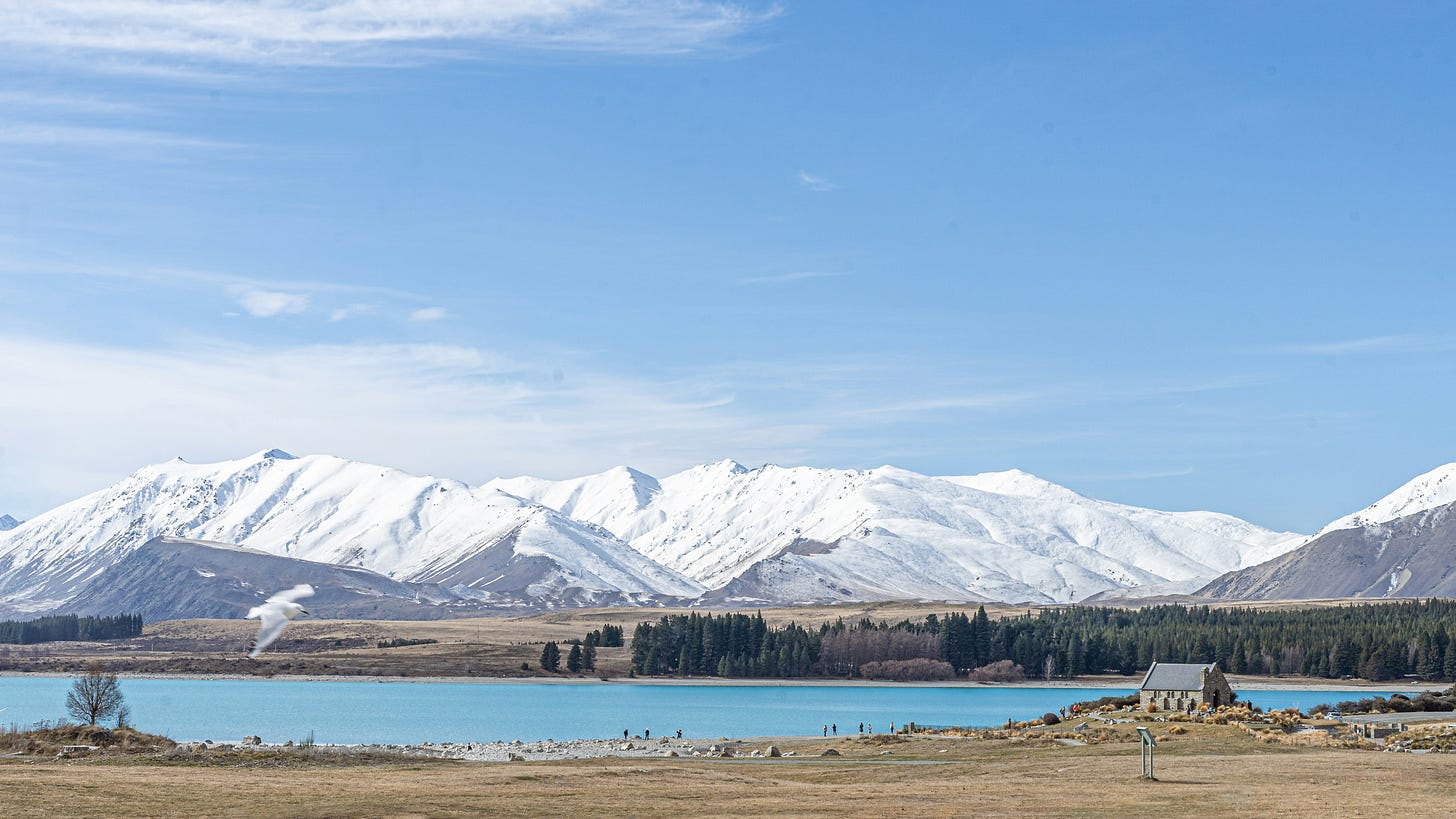Tourism is big business in New Zealand. Scratch that — tourism is New Zealand’s business. It’s the second largest export earner, a national lifeline, and the country has been desperate to get back to pre-Covid numbers. But the latest data show a stubborn reality: tourist arrivals are still stuck at 87% of 2019 levels. After two decades of selling “Middle-earth” landscapes and adrenaline sports, the magic formula suddenly seems not enough.
Enter Tim Alpe — co-founder of Jucy, now managing director of Lylo Hotels — with a proposal that has ignited debate: raise the age limit of the Working Holiday Visa from 30 (or 35 in some cases) up to 50. Why? Because Australia and Canada are eating New Zealand’s lunch. They’ve loosened their visa rules, marketed aggressively, and are reporting record inflows of working travellers. Meanwhile, New Zealand’s applications are down by half compared to pre-Covid days.
On paper, the idea is neat: every person on a working holiday contributes around NZ$60,000 to the economy in a year. They travel across the country, pick fruit in the orchards, pull pints in the bars, serve coffee in the cafés, and then spend their earnings on ski passes or campervan trips. Open the door to older travellers — who tend to have more disposable income — and you’ve got a new revenue stream. Simple, right?
Not quite. Because here’s the catch: governments and tourism boards keep lumping together categories of travellers that are not the same thing. Backpackers, working holiday makers, tourists, expats, digital nomads — all painted with the same broad brush. But a 23-year-old picking grapes for three months in Central Otago is not the same as a 42-year-old software developer working remotely for a European company while renting a flat in Wellington. And neither of them should be confused with the couple on a two-week campervan tour of the South Island.
Yet the policy language rarely makes this distinction. When tourism entrepreneurs talk about “more visitors,” they mean heads in beds, credit cards in cafés, and selfies at the Hobbiton set. When governments tweak visa ages, they’re hoping to attract the flexible travellers who will spend more and stay longer. But digital nomads don’t come for a holiday. They come to live — at least temporarily. They want reliable internet, affordable housing, and a sense of community. They are not there to pick kiwifruit or work the ski lifts.
This confusion is more than semantics; it shapes the entire recovery strategy. Australia has been smart: it separated out streams — relaxed working holiday conditions for under-35s, while simultaneously pushing hard for digital nomad positioning. Canada has diversified too, linking visas to sectors in need of labour while opening to remote workers. New Zealand, in contrast, is caught in between: still marketing a 2005 vision of carefree backpackers, while tentatively experimenting with digital nomad rules that don’t quite land.
The age question is important — yes, many 35- to 50-year-olds have both the money and the flexibility to spend extended time abroad. Post-pandemic, career breaks and remote contracts have exploded. But calling this a working holiday is misleading. Nobody at 47 with a remote design job is looking to spend their afternoons fruit-picking for minimum wage. They’re looking for coworking spaces, mid-term rentals, and decent coffee (not to serve, but to drink).
If New Zealand wants a “real point of difference,” as Alpe suggests, then raising the age ceiling is only part of the solution. The bigger leap is narrative clarity. Stop pretending that every international arrival is a tourist. Accept that the global mobility ecosystem now includes nomads, seasonal workers, retirees on the move, and hybrid professionals who slide between categories. Each group needs tailored policies and infrastructure — not a one-size-fits-all visa extension.
Until that happens, New Zealand risks marketing to yesterday’s traveller while today’s (and tomorrow’s) audience goes elsewhere. Tourism recovery is not just about counting heads; it’s about understanding who those heads belong to, and what they actually need.
Because if there’s one thing post-Covid mobility has taught us, it’s this: a digital nomad is not a tourist. And the sooner tourism boards stop treating them as interchangeable, the sooner destinations will actually thrive.





